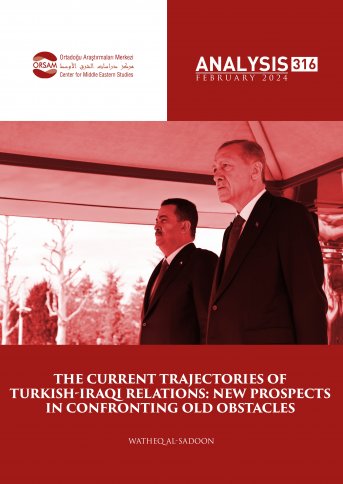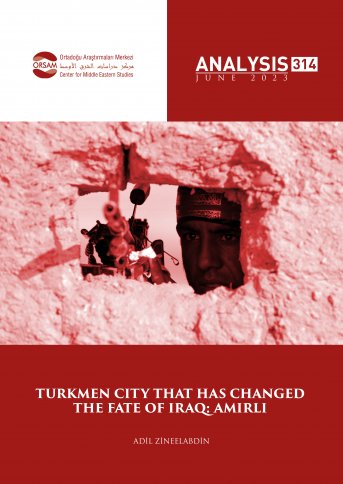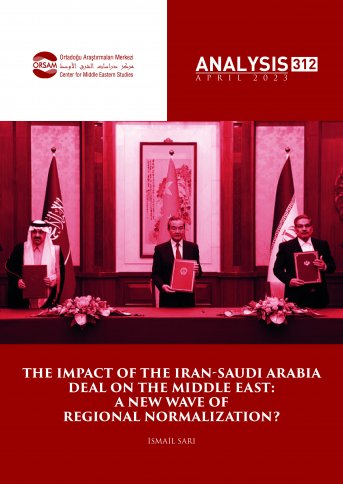
Middle East Strategic Alliance and “Arab NATO” Discussions
Founded in 1945, the Arab League is considered to be one of the historical pioneers of the MESA structure. While the League of Arab States varies considerably in terms of both content and scope, MESA can be considered a significant international forum where Arab States come together.
The structure, which was established by 6 states and now includes 22 states, has not reached the targeted point due to several reasons such as the influence of first Britain and then the United States in the region, the disagreements between the actors and the fact that the attitude of the states towards Israel has made its international acceptance difficult. In 1957, the Regional Defense Pact led by Gamal Abdel Nasser brought together Egypt, Syria, Jordan, and Saudi Arabia. Nasser’s pan-Arabism-centered foreign policy vision is also perceived by countries such as Jordan and Saudi Arabia as a threat to their sovereignty, internal dynamics, and regimes. Under the guidance of Nasser, in 1958, Syria and Egypt formed the empherial United Arab Republic as a response to a crisis between Turkey and Syria. Later on, the Republic turned into the United Arab States with the participation of Yemen.
During the Cold War, due to the global and regional disagreements, even the co-belligerency in the Arab-Israeli conflict have not been able to provide a basis for a sustainable institutionalized structure. In the last decade of the Cold War, the Gulf’s support of Iraq in the Iran-Iraq War, and then Egypt, Syria, and Jordan joining the Gulf countries for the anti-Saddam coalition in the two Gulf Wars have showed up as examples of cooperation in the region; yet, the Arab countries remained far from creating a permanent alliance structure.







